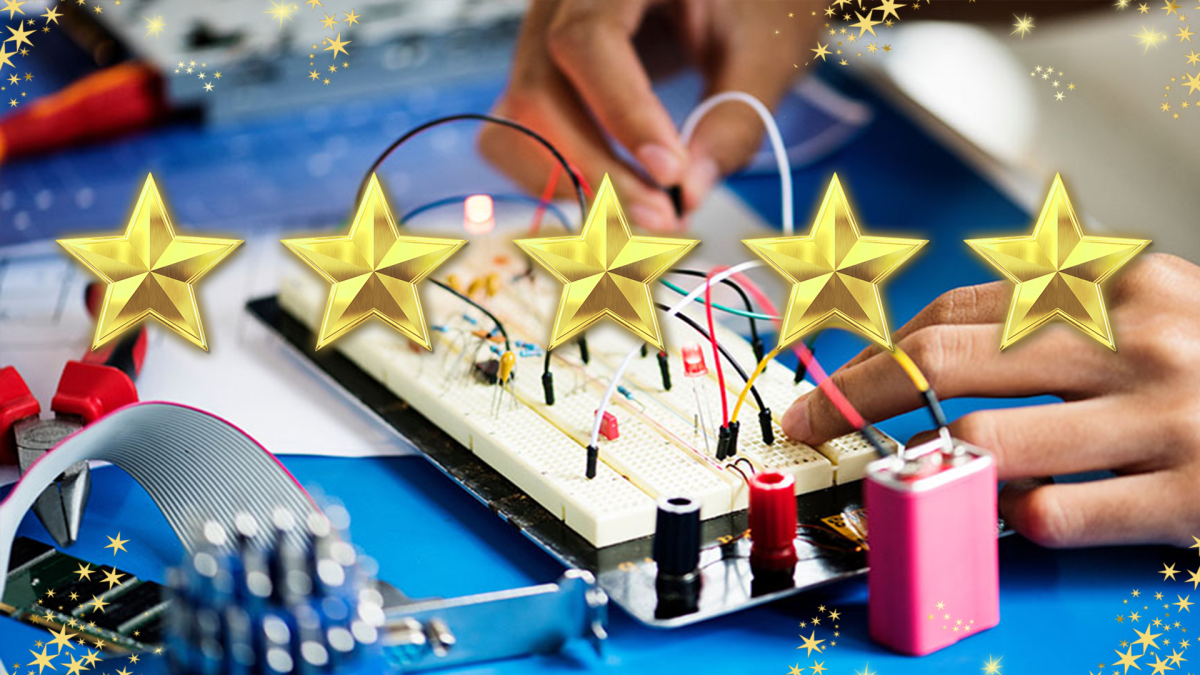This lesson plan is designed for students to investigate the relationship between force, mass, and acceleration. The lesson starts with a phenomena video and hypothesis question. It is followed by a
Students investigate options for covering a unique shaped pool with circular solar pool covers. This lesson includes using a scaled drawing to create calculations and creating a proposal.
Students will design a keychain in Tinkercad, strengthening their understanding of metric units and design, while also using the following mathematical vocabulary: volume, prism, cylinder, millimeters
Creative Animal Adaptations
In this lesson, students create a brand new species of animal! Designed to be an end-of-unit activity after students have learned about different environments and animal adaptations, students will
This is a comprehensive lesson plan that takes teachers through the process of building a scale solar system out of classroom materials. It takes teachers through the Sun, the Inner Planets, the Outer
Students will conduct a lab activity to gather information about how the heart rate can be affected by rest and by exercising. They will learn how to calculate their own target heart rates using a
This STEM activity is designed to explore force, motion, friction, and speed with a student-friendly and engaging activity. Students will plan and create a marble maze using simple materials. Material
This lesson will provide students with hands-on experience to design a roller coaster that will demonstrate transformation and conservation of mechanical energy. Students will learn the concept of
First students will learn what engineers do and a few different strategies they might use to build strong buildings. Students will create a structure of any shape using given materials to withhold two
The lesson introduces Boolean operations as a tool for searching and then relates the effect of the Boolean operator to the similar effect in Boolean logic as a means to introduce Boolean logic and
A lower elementary (Kindergarten through 4th grade) lesson plan to explore what the robot can and can not do, to program the robot to complete a task, and to collaboratively work as a team to complete
Messin' with Mixtures
Dash Around the Table
Salt Lamps and Plants
Cut Out Stop Motion Animation
Featured Lesson Plans
Check out these notable lesson plans.

This lesson plan has three main objectives. The first is that students will be able to recreate a map of the canal with 3D structures along the way. The largest structure being Casa Grande, or the

Makey Makey with The Bionic Kid
Imagine how cool it would be to build a video game controller out of bananas! In this engineering design challenge, you will learn how to use everyday items and a Makey Makey kit to design a

This lesson combines ELA (reading and discussing the story), engineering (design a balloon with materials given and attach the balloon to an EdBot), and technology (code an EdBot to run the parade


